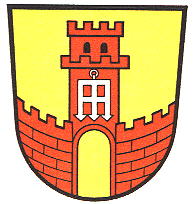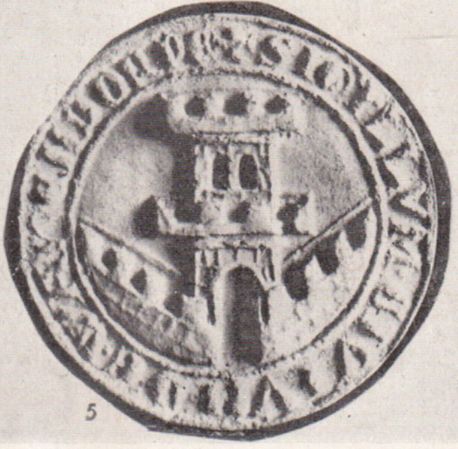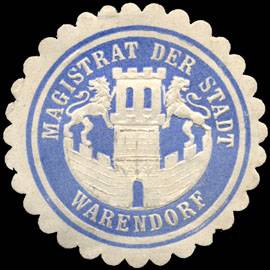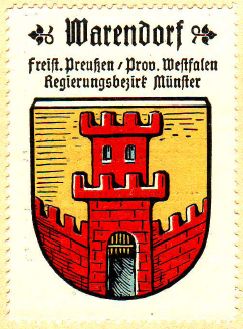Warendorf: Difference between revisions
Knorrepoes (talk | contribs) No edit summary |
Knorrepoes (talk | contribs) No edit summary |
||
| Line 10: | Line 10: | ||
State : [[Nordrhein-Westfalen]]<br/> | State : [[Nordrhein-Westfalen]]<br/> | ||
District (Kreis) : [[Warendorf (kreis)|Warendorf]]<br/> | District (Kreis) : [[Warendorf (kreis)|Warendorf]]<br/> | ||
Additions : 1945 Neuwarendorf; 1969 Velsen, Vöhren; 1975 [[Amt Freckenhorst]], [ | Additions : 1945 Neuwarendorf; 1969 Velsen, Vöhren; 1975 [[Amt Freckenhorst]], [[Amt Ostbevern]] (partly), Einen, [[Freckenhorst]], [[Hoetmar]], [[Milte]], Müssingen | ||
[[File:warendor.jpg|center]] | [[File:warendor.jpg|center]] | ||
Revision as of 10:39, 8 July 2013
| Heraldry of the World Civic heraldry of Germany - Deutsche Wappen (Gemeindewappen/Kreiswappen) |
WARENDORF
State : Nordrhein-Westfalen
District (Kreis) : Warendorf
Additions : 1945 Neuwarendorf; 1969 Velsen, Vöhren; 1975 Amt Freckenhorst, Amt Ostbevern (partly), Einen, Freckenhorst, Hoetmar, Milte, Müssingen
Official blazon
Origin/meaning
The arms of Warendorf were granted in 1909 and are based on the old seal of the city.
Warendorf became a city in the early 13th century. The oldest seal (known from 1255) already shows the gate. On the gate was placed a grill, which could either be a part of the gate, but could also be the symbol of St. Laurentius. It was also explained as a misinterpretation of the concrete between the stones of the wall. Whatever its origin, the grill was often used as a symbol of the city in the 16th century and onwards.
| The seal of Warendorf from 1284 |
Seal from around 1900 |
| The arms in the Kaffee Hag albums +/- 1925 |
]
Literature : Stadler, 1964-1971, 8 volumes; Hupp, O: Kaffee Hag albums, 1920s; Meijer, 1940




